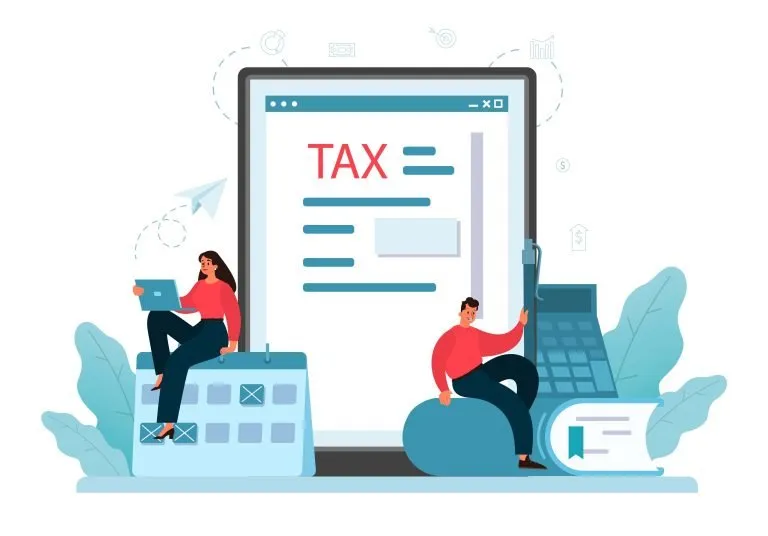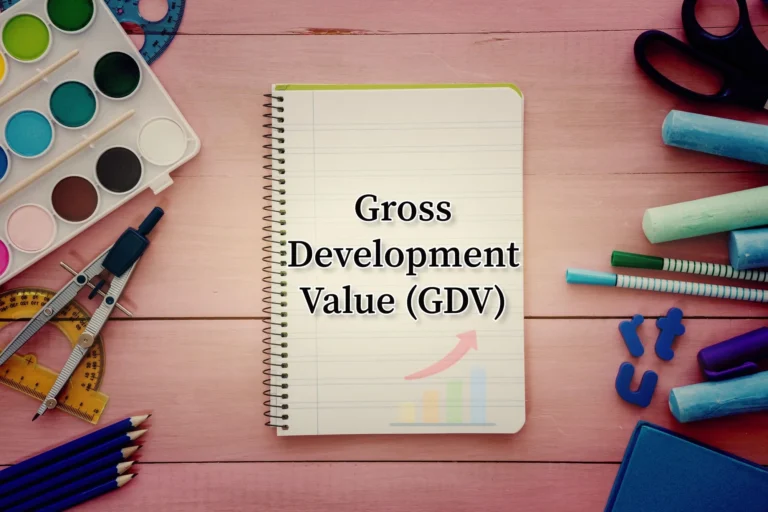The world of taxation can be a complex and often daunting task. There are various UK tax relief available to individuals and businesses, each designed to alleviate the tax burden in specific scenarios.
In this article, we will explore and explain some of the key tax reliefs in the UK, shedding light on the complexities of each. Whether you’re a homeowner, business owner, or involved in asset transactions, understanding these tax reliefs can help you make informed financial decisions and potentially reduce your tax liabilities.
So, let’s delve into the world of UK tax reliefs, from letting and private residence relief to gift holdover, rollover, and business asset disposal relief.
What is Letting Relief?
Letting relief can be claimed when you have sold a property that you once lived in and rented out. Letting relief doesn’t apply to buy-to-let investors. It’s only available if you shared occupancy with your tenant. You can claim it for the portion and duration the property was let out.
You can claim the lowest of
- The gain from the let-out part,
- Private residence relief, or
- A maximum of £40,000.
Note, you can’t claim both private residence and letting relief for the same period.
What is Private Residence Relief?
Private Residence Relief can be claimed when you sold a property that has been your main or only home during your ownership.
If you have more than one property, you can pick which is your main residence for the relief. It must be a place you live in. You need to choose within two years of getting a new residence or else it will be determined based on the actual use of the properties.
Full Relief
When a property has been your primary or only residence for the entire time you’ve owned it, you get Full Relief. This means you won’t have to pay any capital gains tax on the profit when you sell the property.
Partial Relief
If your property has been your primary or only residence for part of the time you’ve owned it, you’re eligible for Partial Relief. The gain from the sale is calculated based on the time it was your main residence and the last nine months.
Any remaining gain may be subject to capital gains tax, but losses or the annual exempt amount can help reduce the tax liability.
What is Gift Holdover Relief?
Gift Holdover Relief is a way to avoid paying tax on the increased value of certain assets when you gift or sell them at a reduced price to someone else. With this relief, the new owner is responsible for paying Capital Gains Tax (CGT) based on either the lower value they receive or the original cost of the asset when it was disposed of.
People often use Capital Gains Tax Holdover Relief when transferring a whole business or some of its assets to another person, whether it’s to help the recipient or for other purposes.
Holdover Relief can be applied in several situations, such as:
- Gifting business assets.
- Gifting unlisted shares, like those in trading companies.
- Gifting agricultural land.

What is Rollover Relief?
Rollover Relief lets you delay paying Capital Gains Tax (CGT) when you sell trading assets and use the proceeds to buy new ones. You’ll pay CGT later when you eventually sell the replacement asset. It’s a way to defer the tax, not skip it.
Rollover relief is available to individuals operating as sole traders or within a partnership. It’s also accessible to companies that sell an asset and then reinvest the proceeds in a replacement asset.
For Example,
Example 1 – Full Reinvestment:
Joe sold a factory for £200,000 with a gain of £50,000. He’s buying a new factory for £400,000. By claiming rollover relief, he can defer the £50,000 gain. This means his new factory’s base cost becomes £350,000 (£400,000 – £50,000).
Example 2 – Partial Reinvestment:
Eva sold a business asset for £600,000 with a gain of £150,000. She’s using the money to buy an office block costing £550,000. Since she didn’t reinvest all the sale proceeds, the £50,000 left is immediately subject to capital gains tax.
The remaining gain of £100,000 is rolled over into the new asset’s base cost, making it £450,000 (£550,000 – £100,000).
What is Business Asset Disposal Relief?
Business Asset Disposal Relief (BADR) is a UK Tax Relief that lowers the capital gains tax after disposing of business assets such as:
- Selling a sole trade and its assets.
- Disposing of partnership interests and assets.
- Selling shares in your own company.
- Liquidating joint venture interests.
- Transferring business assets held by a trust.
It’s designed for qualifying disposals of business assets, but it does not cover the sale of investment or non-business assets. It reduces the rate of CGT payable on qualifying disposals to 10%.
Conclusion
Understanding and making the most of tax reliefs in the UK can significantly impact your financial situation, particularly when it comes to property ownership, gifts, and business asset transactions.
Letting relief can ease the tax burden for those who once resided in their property and later rented it out, while private residence relief provides valuable exemptions for those selling their main or only home.
Gift Holdover Relief can make gifting assets more tax-efficient, and Rollover Relief offers opportunities to defer capital gains tax when reinvesting in replacement assets.
Finally, Business Asset Disposal Relief (BADR) rewards business owners by reducing the tax rate on qualifying disposals.









